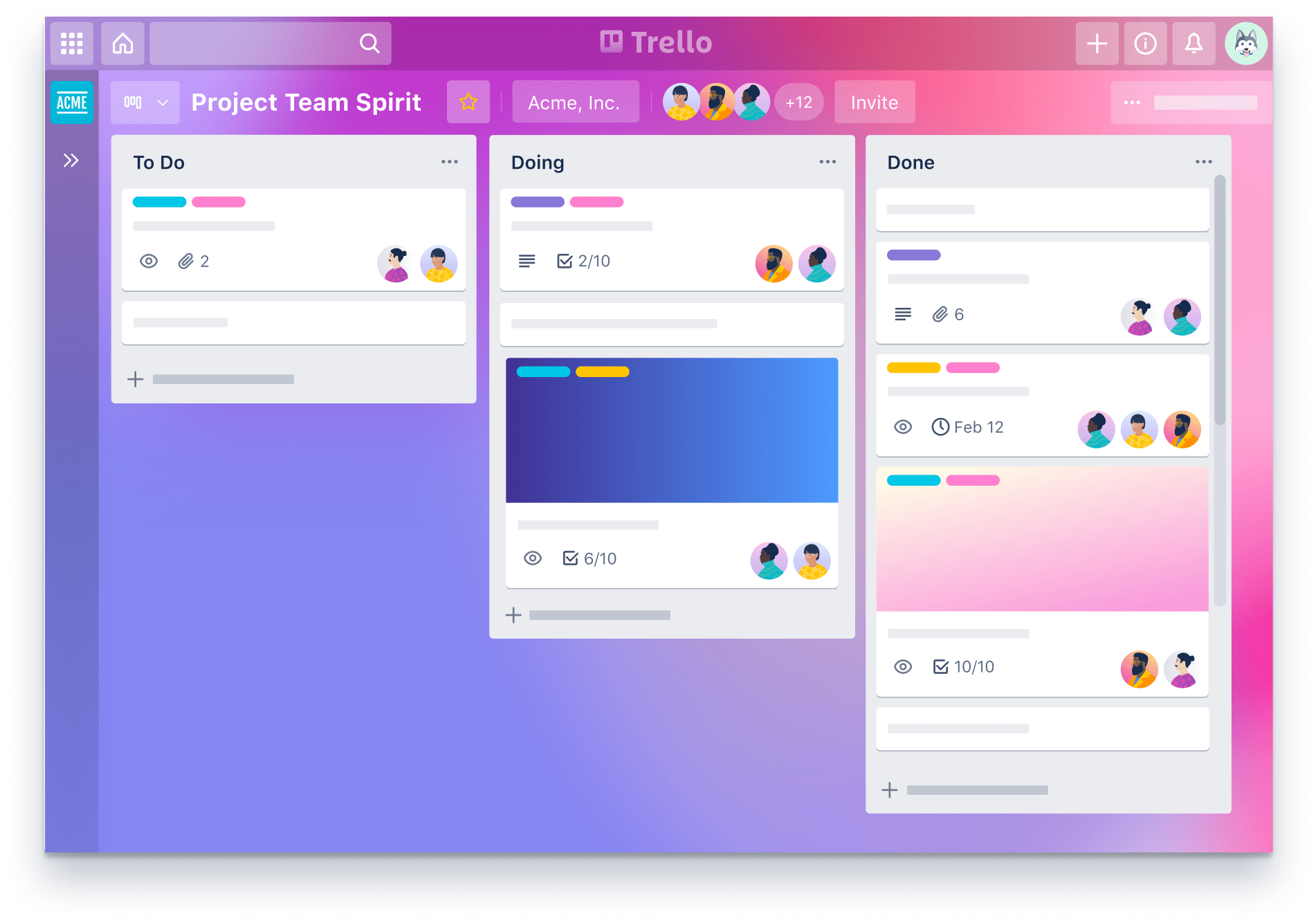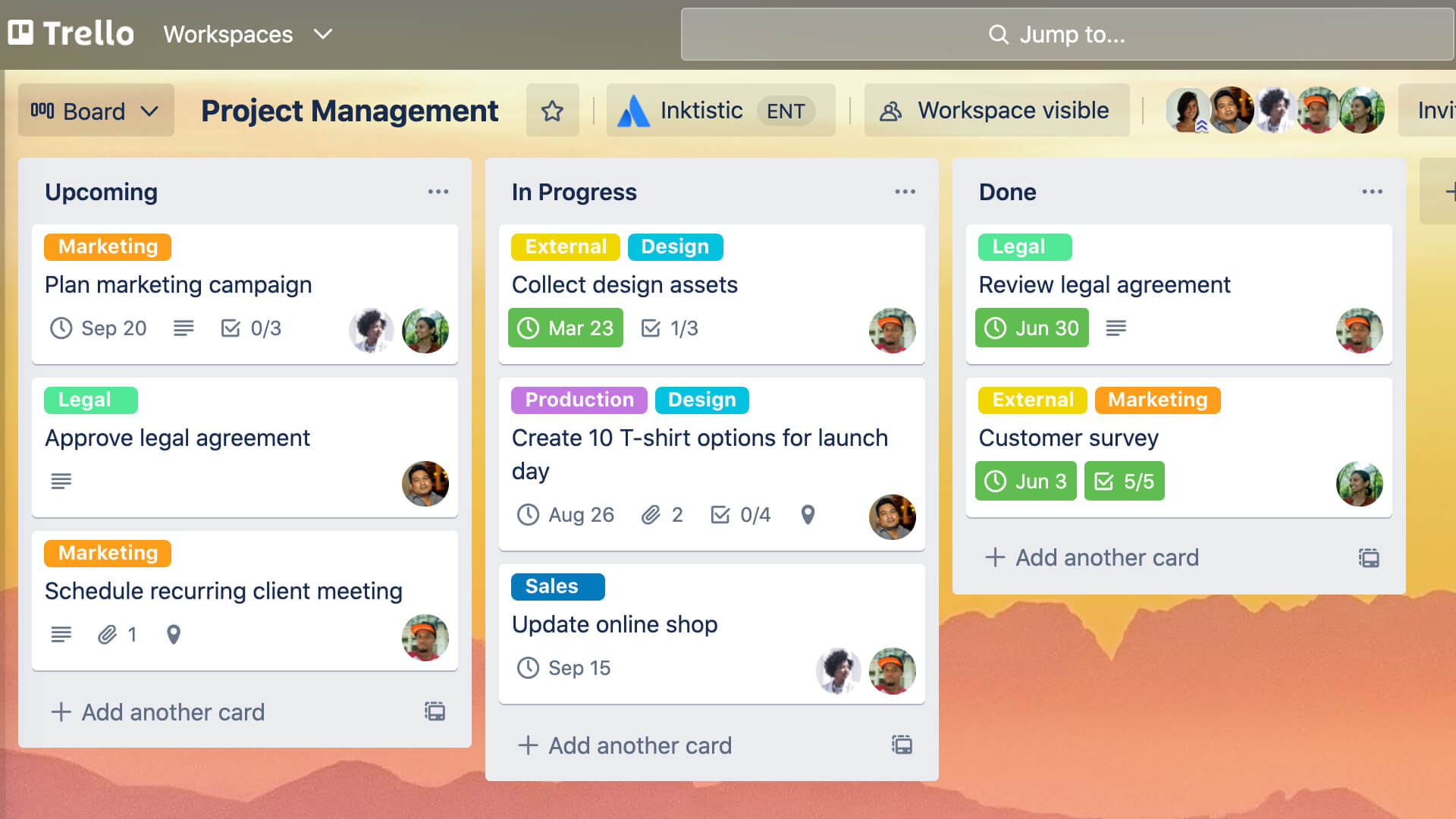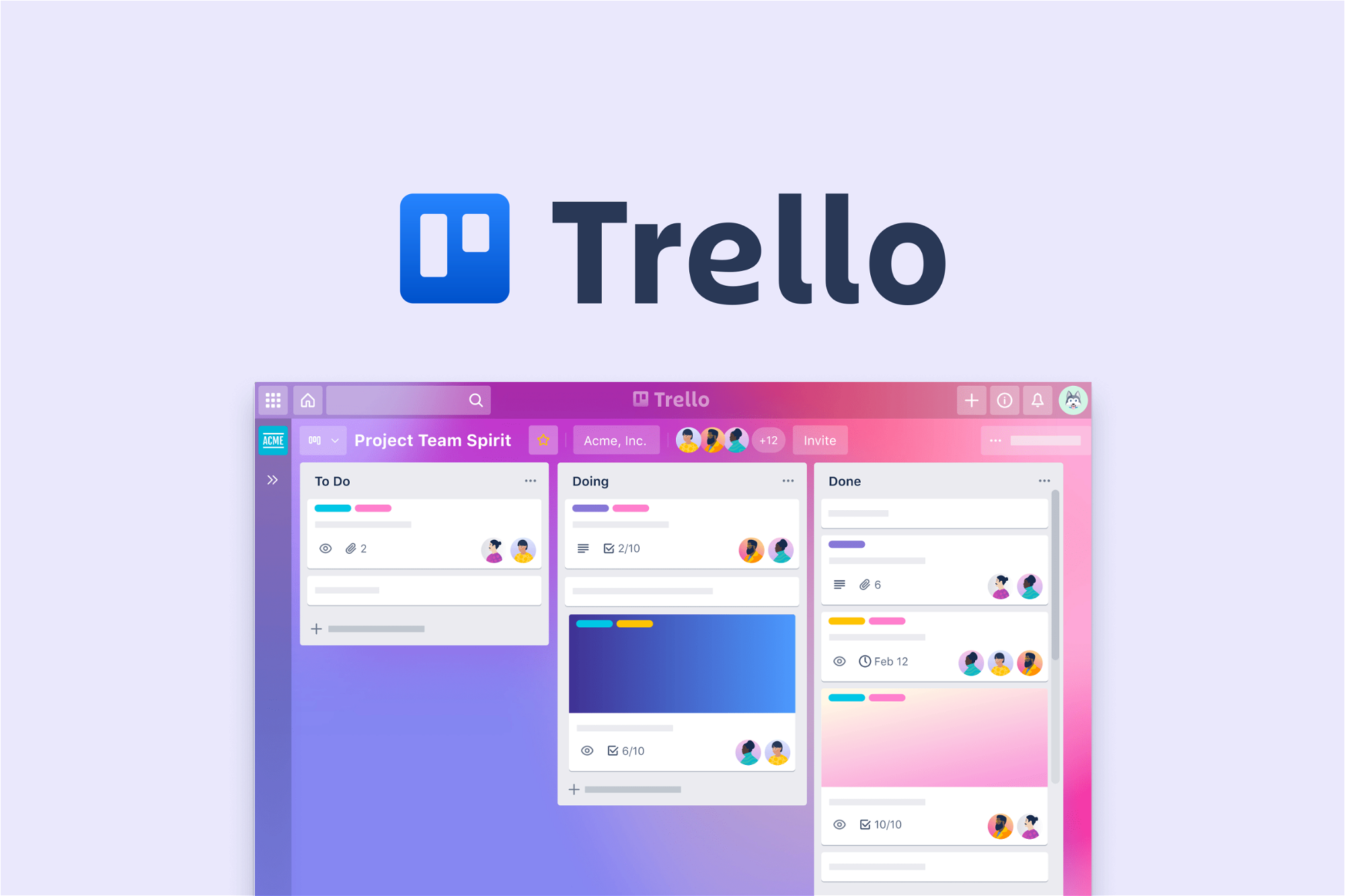AI-Generated Content
This article has been created using advanced AI technology to provide you with informative and engaging content.
AI-Curated Resources:
Running any sort of large-scale operation, especially one that deals with lots of different items, can feel like a big puzzle. You have so many things to keep track of, from different kinds of materials to various stages of a project. It’s almost, you know, like trying to remember where every single piece of a very large collection is supposed to be at any given moment. This sort of work, you see, needs a way to keep everything visible and simple to manage, so that nothing gets lost in the shuffle or forgotten about. We are talking about making sure that all the bits and pieces, no matter how small or how many there are, have their own clear spot and a way to be looked after.
When you are dealing with a lot of different things, like, say, various types of Marcus fabrics or perhaps different rolls of cotton, having a straightforward way to see what's happening can make a real difference. Trello, in a way, offers a visual approach to keeping track of tasks and items. It’s a tool that helps you organize things into lists and cards, giving you a sort of digital whiteboard where you can see all your projects and materials laid out. This kind of setup, you might find, really helps when you have many moving parts and need to keep a clear eye on everything at once.
For operations that are, you know, on the larger side, like those we might call "RE XL" operations, keeping things neat and orderly is quite important. Imagine having to manage big stocks of things like dapple dots aged muslin or special Marcus prints. Trello can help simplify this, making it easier to track each item, from its arrival to where it needs to go next. It helps you, in some respects, put all your information in one spot, making it accessible and easy to update for everyone involved. This makes the whole process feel, well, a lot less messy and a lot more manageable for everyone.
Table of Contents
- What's the Big Deal with Keeping Things Tidy for RE XL?
- Why Consider Trello for RE XL Operations?
- How Does Trello Help with Fabric Sorts and Such?
- Tracking Marcus Fabrics with Trello for RE XL
- Is Trello Good for Big Fabric Collections?
- Managing Wide Cotton and Other Materials with Trello for RE XL
- What About Special Items Like Aged Muslin?
- Organizing Unique Textile Batches Using Trello for RE XL
What's the Big Deal with Keeping Things Tidy for RE XL?
When you are running something that involves many different parts, like, say, managing a big stock of various materials or overseeing a chain of related activities, keeping everything neat and in its place is, actually, a very big deal. Think about it: if you have Marcus fabrics, like the dapple dots aged muslin in chocolate, and then you also have Marcus prints, plus rolls of 44-inch wide, 100% cotton, it’s a lot to keep straight. Without a good system, things can get mixed up, or you might not know exactly what you have on hand or where it is located. This can lead to wasted time and, perhaps, a bit of frustration for everyone involved. It’s like trying to find one specific book in a library where everything is just piled up without any order.
Why Consider Trello for RE XL Operations?
So, why might someone look at a tool like Trello for these kinds of "RE XL" operations? Well, it’s about making things simpler and more visible. Trello gives you a clear picture of what's happening with each item or task. You can, for example, create a card for each type of fabric, like that aged muslin that feels similar to a batik. On that card, you could put notes about its quantity, where it’s stored, or even when it’s expected to be used. This kind of visual setup means that everyone on your team can quickly see the status of different materials or projects. It really helps, you know, to cut down on misunderstandings and keeps everyone on the same page, which is quite useful when you have a lot going on.
How Does Trello Help with Fabric Sorts and Such?
Let's think about how a tool like Trello could specifically help with organizing different fabric sorts and similar items. Imagine you have a big delivery of materials, including various Marcus fabrics. You could, for instance, make a separate list in Trello for "New Arrivals." Then, as you sort through them, you could create individual cards for each type: one for the dapple dots aged muslin, another for the chocolate-colored rolls, and so on. This way, you get a clear visual representation of everything that has just come in. It’s almost like having a digital inventory board that you can update in real-time, making it easier to track things from the moment they arrive. This kind of clear organization, you see, helps prevent things from getting lost or overlooked.
- Is Andy Cohen Gay
- Phone Numbers Creepy
- Kenya Moore Net Worth
- Colt Mccoy Career Earnings
- Jennifer Hudson Net Worth
Tracking Marcus Fabrics with Trello for RE XL
When it comes to keeping tabs on specific items like Marcus fabrics within a larger "RE XL" setup, Trello offers a straightforward way to do just that. You could have a board dedicated to all your fabric types. On this board, you might have lists for "In Stock," "On Order," or "Ready for Use." Each individual Marcus fabric, perhaps the 44-inch wide, 100% cotton, would get its own card. On that card, you could attach pictures, add notes about its unique qualities, or even set due dates for when it needs to be moved or used. This allows everyone involved to see, at a glance, what's available and what its status is. It really makes keeping track of a wide variety of materials, like that aged muslin that has a feel similar to a batik, much simpler and less prone to errors, which is quite helpful.
Is Trello Good for Big Fabric Collections?
Some people might wonder if Trello is truly up to the task of managing really big collections of fabrics or other items. You know, when you have a vast number of different types, like all those Marcus fabrics, including various dapple dots aged muslin in different shades of chocolate, plus all the Marcus prints and rolls of 44-inch wide, 100% cotton, it seems like a lot. But Trello is designed to be quite flexible. You can create as many boards, lists, and cards as you need. This means you can break down a very large collection into smaller, more manageable sections. It’s like having a giant filing cabinet where each drawer is a Trello board, and inside each drawer, you have clearly labeled folders for different items. This makes it, perhaps, quite suitable for keeping a handle on even the largest inventories.
Managing Wide Cotton and Other Materials with Trello for RE XL
Thinking about how to manage items like wide cotton rolls or other materials within a bigger "RE XL" operation, Trello can certainly help. For example, you could have a specific list for "Cotton Inventory" on your Trello board. Each roll of 44-inch wide, 100% cotton could be its own card. On that card, you could note the specific length of the roll, its lot number, or even attach a picture of it. This makes it very easy to see exactly what you have on hand and its details without having to physically go and check every time. It also helps when you have different kinds of materials, like various aged muslin types that feel similar to a batik, as you can categorize them clearly. This, you know, streamlines the whole process of keeping track of your materials, making it a bit less of a chore.
What About Special Items Like Aged Muslin?
Sometimes, you have items that are a bit special or unique, like aged muslin that has a particular feel, similar to a batik fabric. These aren't just any ordinary material; they might have specific handling needs or require careful tracking. So, you might ask, how does Trello fit into managing these kinds of special items within a larger collection of Marcus fabrics or Marcus prints? Well, Trello's strength is its ability to let you add detailed information to each card. You can, in fact, create a card specifically for that aged muslin, and then add notes about its unique characteristics, its care instructions, or even a reminder about its limited quantity. This ensures that everyone who interacts with that item knows its specific details and how to treat it. It’s quite useful for making sure those special pieces get the attention they need.
Organizing Unique Textile Batches Using Trello for RE XL
When you have unique textile batches, like specific runs of dapple dots aged muslin in chocolate, or other one-of-a-kind Marcus prints, organizing them well is, actually, pretty important for "RE XL" activities. Trello lets you create custom labels for your cards, so you could tag that aged muslin card with a "Special Batch" label, making it easy to spot. You could also attach documents or links to design files directly to the card. This means all the information about that particular textile, from its composition (like being 100% cotton and 44-inch wide) to its distinct look, is all in one place. It helps you keep a very clear record of each unique item, ensuring that its special qualities are recognized and managed correctly. This makes managing these distinct pieces a lot more straightforward, don't you think?
So, we have talked about how Trello can help keep things tidy, especially for larger operations that deal with many different items, like Marcus fabrics, including dapple dots aged muslin in chocolate, and various Marcus prints. We looked at how it helps track specific fabrics, manage big collections of materials like 44-inch wide, 100% cotton, and even organize special textile batches such as aged muslin that feels similar to a batik. The idea is that Trello gives you a simple, visual way to see and manage all these things, making the whole process of keeping track of your items a bit easier and more organized.
AI-Enhanced Visual Content


